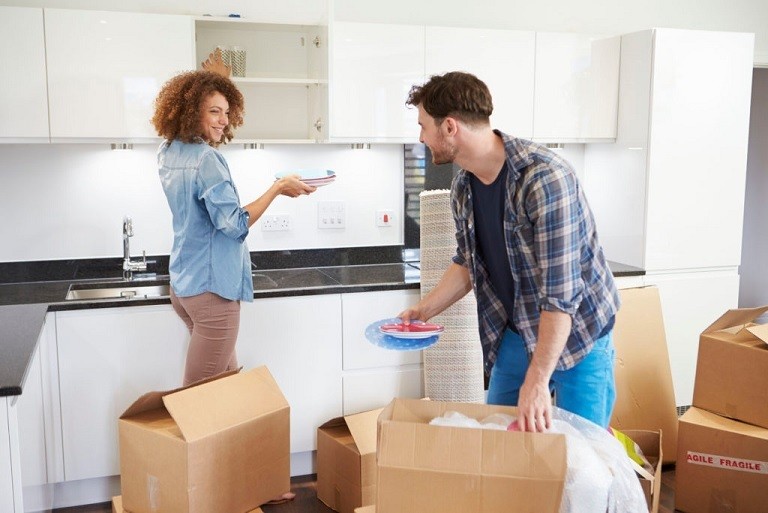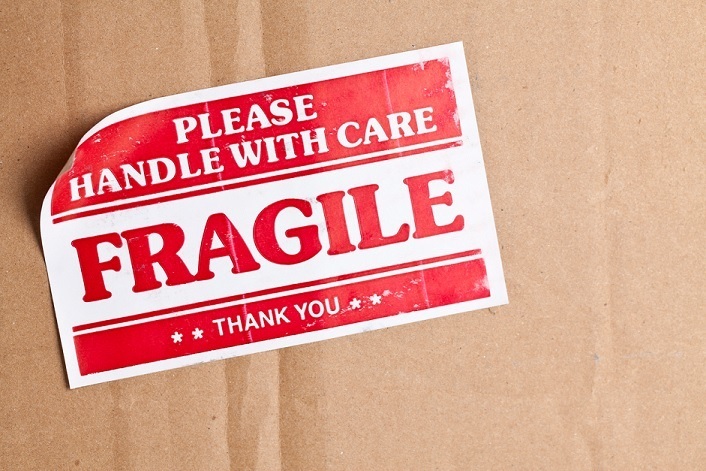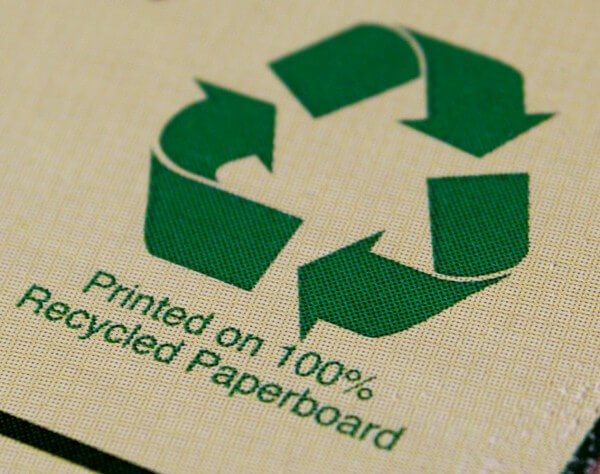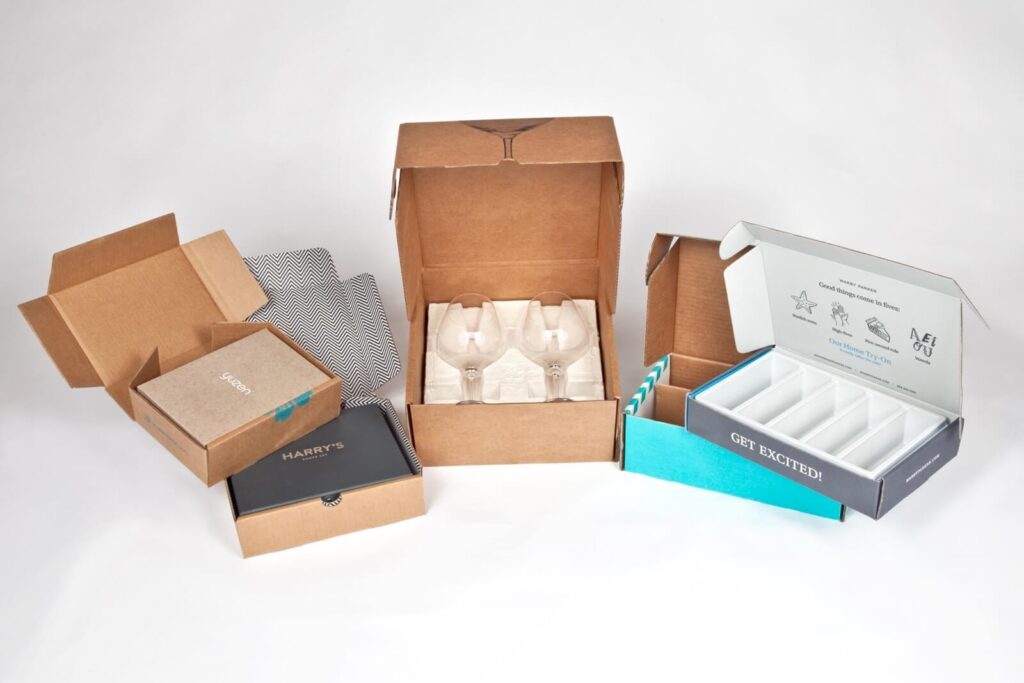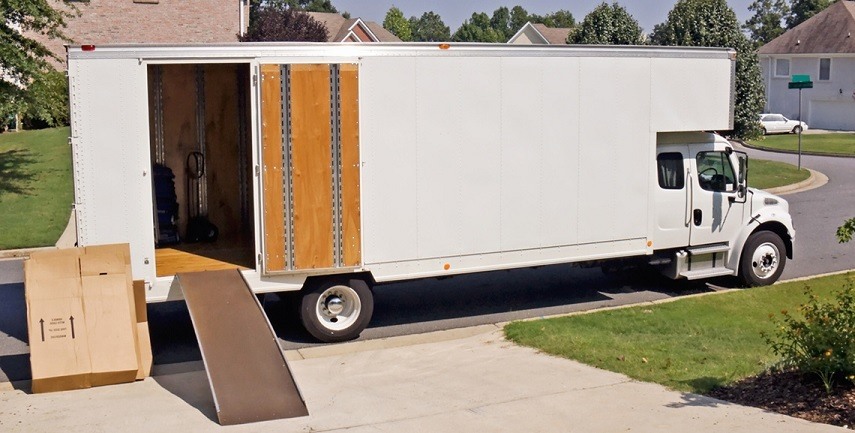Tips And Tricks for Unpacking after your House Relocation
The process of house relocation, or moving from one home to another, can be quite stressful. It means packing everything up from one home and physically transporting it all to your new one. That’s also on top of wrapping things up at your old home and finding a new one. If you’re selling a previous home and buying the new one, there’s a world of work that goes into all of that as well, and even if you’re just going from one rental to the next, you have to leave your previous rental by the end of the lease and make sure you have a new home lined up in time. It can even get more complicated if you’re leaving a rental for a mortgage and home you bought, or vice-versa.
Once it’s all said and done, you think you’d be quite relieved to be living in your new home, but you have to unpack it all once your house and family are relocated. Fortunately, there are a number of tips and tricks to make this go smoothly.
You may be exhausted by this point and no longer able to really think big. However, you can actually use that to your advantage. Once you’re in your new home, you’re not likely to really be under the gun in terms of deadlines looming over you or hanging over your head. That means you can pace yourself and take things in phases, breaking down the whole process of unpacking into manageable steps.
First of all, if it’s possible, avoid moving into any rooms or portions of the home that you want to do immediate upgrades, improvements, or renovations too. All that work is a lot easier to get done before you unpack.
Secondly, you might want to look into renting a storage unit or even getting a portable storage unit to put in your driveway or yard for a while where you keep as many things as you can for a while. Long-term storage items and things like seasonal decorations or lawn and yard equipment are probably things that can just wait until you need them.
Third, try and set up two rooms in the home for the unpacking process. One will be for storing boxes, and the second will be a staging area for going through things. So that you and your family can start living, try and do this in rooms you might not need immediately, like a guest room, office, or formal dining room. Just get used to eating around the TV for a while and using the laptop from the kitchen table or counter.
Fourth, set up the kitchen first and foremost. Everyone has to eat, and you’ll all need to stay fueled up as you settle in. Eating out, or getting carry out and delivery might work for a while, but this is the one room where you can start your new routine as a family. Bathrooms and bedrooms come next, as everyone can settle into their own spaces and unpack their own things.
Once you get through all this, your unpacking won’t be all done, and you might even have most of it ahead of you still, but you’ll have broken the ice on it enough that there will be momentum and enough breathing room to get the rest done.
Tips And Tricks for Unpacking after your House Relocation Read More »

